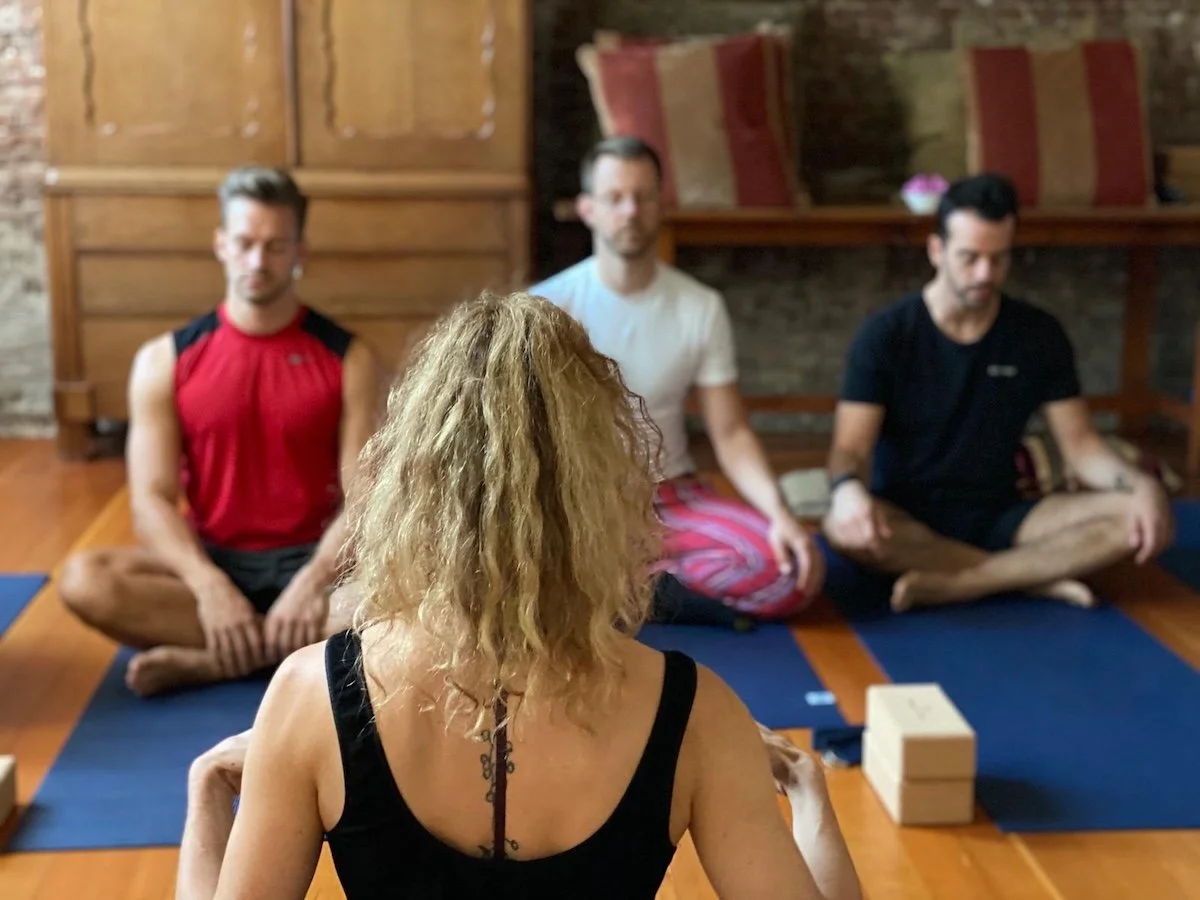
explore my integrated approach & the tools i use
Yoga & Somatic Healing for Trauma, Anxiety & Stress Recovery
DIFFERENT OPTIONS TO SUIT DIFFERENT NEEDS & LIFESTYLES.
I have trained in and use a range of body-led modalities that address the impacts of stress and trauma and support self-led healing. My methods are both ancient and cutting edge, clinical and non-clinical, Western and non-Western. I weave them together according to the unique needs of each person or group I work with.
I have a 3 different options I use to deliver this mix of tools, offering flexibility to choose what fits best according to your lifestyle or work commitments, or whether there is a particular diagnosis you are seeking to address, or whether you would like to work one-to-one or in a group setting.
Option 1: Trauma Center, Trauma Sensitive Yoga. Individual or small group live therapeutic sessions designed to address the impacts of inter-relational trauma or PTSD.
Option 2: Engineer Stillness®. A bespoke, one-to-one program designed to equip you with embodied self-practice tools, guided over 40 days, with both live sessions and recorded practices to do at home. This can be more or less trauma sensitive as needed.
Option 3: Engineer Stillness® Together. An adapted version of the one-to-one bespoke program that can be done in small groups.
I outline each option below.
If you are not sure which option would be best for you, I am always open to having a chat about it, and perhaps finding an alternative solution, so please feel free to get in touch.
OPTION 1:
TRAUMA CENTER, TRAUMA SENSITIVE YOGA (TCTSY) LIVE IN-PERSON OR ONLINE THERAPEUTIC SESSIONS
Since 2003 The world renowned BOSTON Trauma Centre (now the Centre for Trauma & Embodiment or cfte) in Massachusetts has been offering a very particular form of yoga to a variety of complex trauma survivors, including war veterans, sexual assault survivors, at-risk youth and survivors oF childhood abuse and neglect.
The practice is called Trauma Centre Trauma Sensitive Yoga or TCTSY. TCTSY is now a recognised as an evidence-based intervention by for Complex PTSD by SAMHSA - Substance Abuse & Mental Health Services Administration. It is supported by more than 10 original peer reviewed studies, and many more independent analyses, including a 2024 study led by King’s College London and Combat Stress. For more information on the evidence base of TCTSY, please visit the CfTE’s resources page.
The practice involves being offered a series of shapes or movements to explore, and making your own choices about how to approach them, as well as developing a capacity to notice what you may be feeling in your body, in the present moment, as you do so.
TCTSY Facilitators (TCTSY-F) are trained, supervised and held to account for the ethics and quality of their practice, through the CfTE. TCTSY is offered both individually and in small groups, for example for a charity or other service provider, and can be booked as needed or organised as a course of sessions.
Below I outline the steps involved in this option.
We start with a conversation.
We begin with a conversation about what’s going on for you, what you’re struggling with, and what you want to achieve, and I will tell you more about TCTSY and what a session is like practically. This initial call is free and you are under no obligation to work with me subsequently.
2. INTAKE QUESTIONNAIRE.
If we decide it’s a good fit to work together, I will send you my TCTSY intake questionnaire. It asks a series of questions, the answers to which help me understand how best to work with and support you. The more information I have the better, however, you are also free to choose not to answer a question/s.
3. WE PLAN A FIRST SESSION.
The sessions are usually an hour long and we decide whether to do them in person or online. You can then decide if you want to book further sessions with me.
4. We work together at your pace.
You can book further sessions with me as you go, according to your needs, or you can book a block of sessions. I will do my best to fit these in with your schedule.
MORE ABOUT TRAUMA CENTER, TRAUMA SENSITIVE YOGA
THE TCTSY methodology is based on central components of trauma theory, attachment theory, neuroscience and yoga philosophy and practice.
Although TCTSY employs physical forms and movements, the focus is on the internal experience of the participant – what the forms feel like instead of what they look like.
With this shift in orientation, from the external to the internal, the power resides within the individual, not the TCTSY facilitator.
In addition, by focusing on the felt sense of the body to inform choice-making during practice, TCTSY provides opportunities for participants to restore their connection between mind and body and to cultivate a sense of agency that is often compromised as a result of surviving trauma.
KEY PRINCIPLES OF TCTSY
-
Trauma survivors may have experienced a loss of control over their bodies, so everything is optional. Language is used that is non-coercive and invites exploration and choice.
-
Participants are offered choices about how they want to participate in the yoga practice, including being free to rest, stop or leave the practice. This helps to promote a sense of empowerment and agency.
-
Interoception is the ability to sense and understand what is happening in one’s body. Trauma can disrupt interoceptive awareness, so TCTSY emphasises the cultivation of this skill through mindful movement.
-
Participants are invited to make modifications to the physical shapes based on what they are noticing in their bodies, listening to their needs.
-
TCTSY is a relational practice, never pre-recorded. We practice alongside one another, exploring relational safety, trust and present moment awareness of having a body.
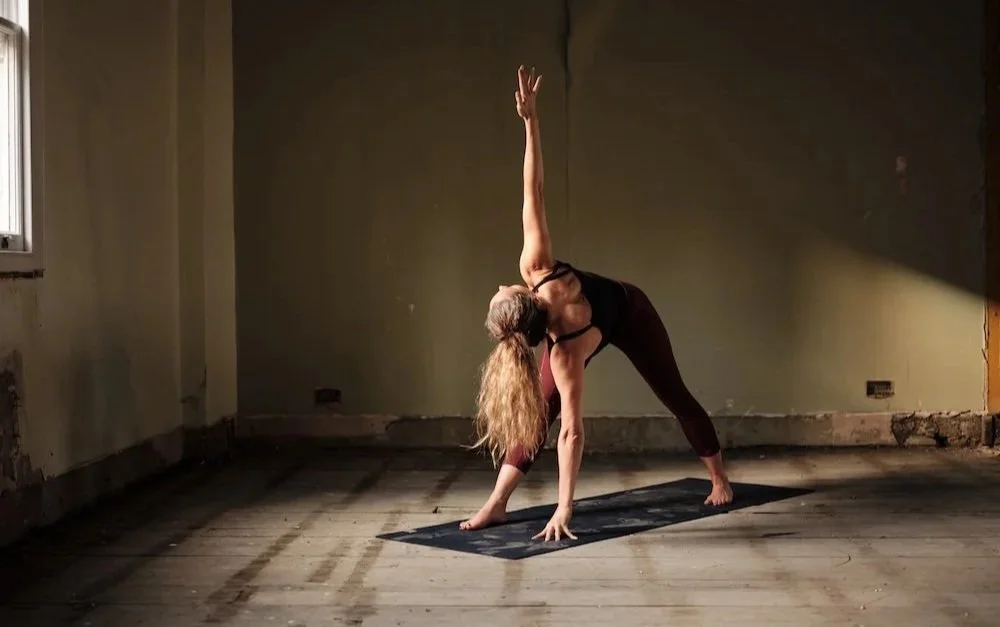
OPTION 2:
ENGINEER STILLNESS®, A STRUCTURED, BESPOKE, 1-2-1 GUIDED 40-DAY PROGRAM THAT SUPPORTS SELF-PRACTICE
The program runs across 40 days because repetition is key not just in order to feel the benefits, but also to build new neural pathways around this positive habit. You will get out what you put in. The degree to which the program is trauma sensitive can be dialled up or down, according to individual need and experience, and some elements of the program are live, while others are self-guided by you at home. The whole program can be delivered online, or a mix of in-person and online, if it is geographically feasible. Here’s what the process looks like, step by step:
We start with a conversation.
During a free initial call, you tell me what’s going on, what you’ve tried, and what you’re hoping for. I’ll explain how I work and answer your questions so you can decide if it feels like the right fit. If it’s a ‘yes’, I send you my intake questionnaire so that I have a clear idea of your needs and challenges and can tailor the practice to meet them.
2. I design a bespoke plan.
Based on your needs, your schedule, and your intake form, I create a personalised embodied practice incorporating a toolkit of techniques, with the trauma-sensitive aspect dialled up or down as needed. These tools are practical, portable, and adaptable, able to be built into a routine.
3. We GO THROUGH THE PLAN & WORKSHOP THE PRACTICE.
I familiarise you with the framework I’ve created and my reasons for doing so, and listen to your feedback. We meet - online or in person - to workshop the physical postures and breath techniques together and adjust them for your body. My approach is collaborative. You know your body best.
4. We DO YOUR PRACTICE TOGETHER.
We meet twice — in person or online — to do the whole practice together with me guiding you. This is where you become more familiar with the techniques, structure and rhythm of your practice. There’s opportunity to feed back again and make any further adjustments.
5. YOU RECEIVE BESPOKE PRACTICE RECORDINGS.
After the initial two practices together, you receive professionally edited recordings of your practice of varying lengths (to support those busy days) so that you can continue with your practice every day for the next 40 days, learning your practice by heart.
6. We HAVe WEEKLY CHECK-INS.
These calls can be fitted around your schedule and offer an opportunity to share your experiences as you integrate practice into your life. It’s also a space for me to listen, reflect back and offer supportive insights. I may also suggest practical adjustments as you progress.
7. day 40 review.
You may have guessed by now that our 40 days together are just the beginning. The beginning of integrating a new way of being - self-led wellbeing, using tools you are walking around with every minute of every day.
Our day 40 review is a chance to reflect on the journey so far and make a plan moving forward.
8. You build a lifelong toolkit.
Over time, you develop the knowledge, skills and self-awareness to regulate your own nervous system, reconnect with yourself, and navigate stress differently — no matter where you are or what comes your way.
The space created by a regular self practice offers capacity to see and release the old stories you’ve been telling yourself and make new choices, with new outcomes.
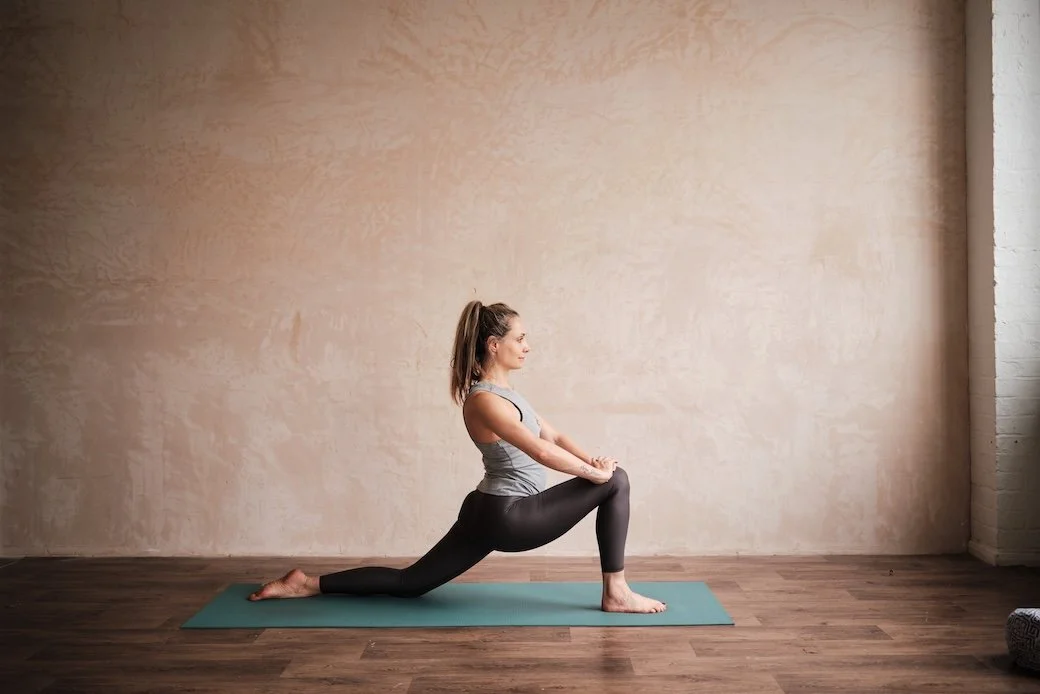
OPTION 3:
ENGINEER STILLNESS® together, A variation of my structured, guided 40-day program adapted for groups
The program offers the opportunity to gain all the benefits of empowering yourself by developing a self-led practice, but to do so in connection with a small group of others. Time and again, community has been identified by experts in trauma and holistic healthcare as crucial to recovery. All live sessions are done together, both practice sessions and the weekly ‘check in’ support calls, to enable mutual encouragement and sharing of experiences. Although the practice is not individually tailored, limiting group size still enables me to tailor some aspects. And as with the one-to-one program, the degree to which the practice is trauma sensitive can be dialled up or down. Here’s what the process looks like, step by step:
We start with a conversation.
During a free initial call, you tell me what’s going on, what you’ve tried, and what you’re hoping for. I’ll explain how I work and answer your questions so you can decide if it feels like the right fit. If the answer is yes, I send you my intake questionnaire so that I have a clear idea of your needs and challenges, and factor them in when constructing the practice. If, as group - of friends or family, for example - you already know each other, this can be a group call. If you are an individual interested in joining a group, I do it individually.
2. I design a practice for thE group.
Based on themes that have emerged for the whole group from our conversations and the intake individual questionnaires - or perhaps as a group you have a group ‘intention’ for the work - I create an embodied practice incorporating a toolkit of techniques.
Everyone in the group will undertake the same practice over the 40 days, though when they each choose to do it will be unique to individual lifestyles and timetables.
3. We GO THROUGH THE PLAN & WORKSHOP THE PRACTICE.
I get the group together on a Zoom call to introduce you, if you don’t already know each other, and to familiarise you with the framework I’ve created and my reasons for doing so.
We workshop the physical postures and breath techniques together and I will offer adjustments for each person’s body.
4. We all DO the PRACTICE TOGETHER.
We meet twice - in person if we all happen to be in the same area and there is a desire to do so, or online — to do the whole practice together with me guiding. This is where the group becomes more familiar with the techniques, structure and rhythm of the practice.
There’s opportunity to feed back again and make further adjustments.
5. everyone receives the same PRACTICE RECORDINGs to work with at home.
After the initial two live practices with all of us together, each member of the group receives professionally recorded and edited audios of your practice of varying lengths (to support those busy days) so that they can continue with the practice every days for the next 40 days. The idea of repeating the practice is not only to be better able to notice subtle shifts in experience day to day, but also so that there is potential to learn the practice by heart.
6. We all HAVe WEEKLY CHECK-INS.
These group Zoom calls will be fitted around everyone’s schedules as much as possible. They offer an opportunity for each person to share their experiences as they integrate practice into their life. It’s also a space for me to listen, reflect back and offer supportive insights. I may also suggest practical adjustments as everyone progresses.
If as a group you decide you would just like to use the check in call to do the practice together again, that is also an option.
7. day 40 review.
You may have guessed by now that our 40 days together are just the beginning. The beginning of integrating a new way of being - self-led wellbeing - using tools you are walking around with every minute of every day.
Our day 40 review is a chance to reflect on the journey so far together and make a plan moving forward. For example, the group may want to continue to meet and practice regularly together, and/or explore a new practice as a group with some new tools.
8. a lifelong toolkit.
Over time, you all develop the knowledge, skills and self-awareness to regulate your own nervous system, reconnect with yourselves and navigate challenge and stress differently — no matter where you are or what comes your way.
The space created by a regular self practice offers capacity to see and release the old stories you’ve each been telling yourselves and make new choices, with new outcomes - supported by one another.
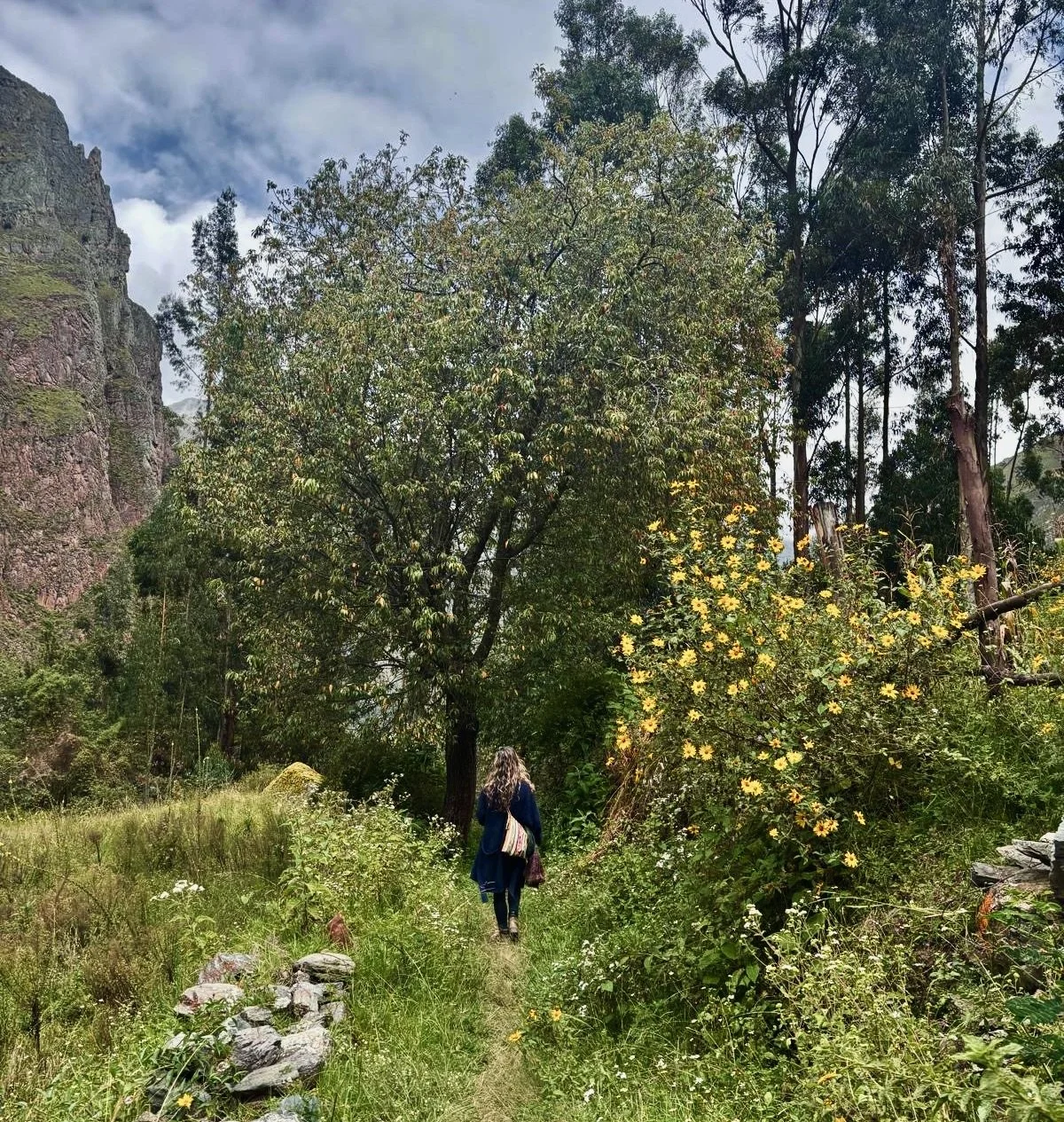
Ready to Take the First Step?
MORE ABOUT ENGINEER STILLNESS: How the tools work
-
As we hold ourselves and breathe steadily through the challenge of a an ‘asana’ (the Sanskrit word for the postures that are a characteristic component of yoga), and mindfully witness the sensations in our bodies caused by the posture, and any feelings or thoughts that arise as a result of those sensations, we can hone the power of our interoception. That’s our ability to be aware of sensations from deep within our bodies – not just from the muscles but also from vessel, glands and the organs themselves.
Recent research has found that it is just as important as the external senses, cultivating a strong embodiment that is foundational to our subjective sense of self. Just cultivating, over time, an awareness of what homeostasis (internal balance) actually feels like can generate feelings of calm, peace and satisfaction, and a decreased desire to pursue externally rewarding stimuli (like addictions). And interoceptive such signals can guide decision making – we can more easily ‘listen to our gut’ and discern our innermost needs.
-
When sensations become strong as we hold a posture for a little longer than we might usually, and our mind is telling us that we can’t hold any longer, but we still do, this has the potential to reinforce calm persistence, focus and self-belief – even in the face of provocation or negative self-talk that might usually trigger some kind of impulsive reaction or downward spiral.
Or on the other hand, when we repeatedly decide within our practice to take gentler, modified versions of postures instead of following a habitual tendency to force, strain or constantly achieve or perform as we would in other areas of life, we start to carve new neural pathways in our brain that imprint an enduring sense of - “I can choose to respond differently to the situation and therefore generate different outcomes for myself.” The different outcome might be a newfound willingness to honour our needs rather than doing something that hurts us or makes us uncomfortable.
This happens via a phenomenon called neuroplasticity. This is the ability of our brain to change in relationship to new experiences by reorganising its structure, function and connections.
Over time, such incremental shifts occurring within the context of our practice - as we respond differently in the present - mean that away from it, in day-to-day life, we are less often held hostage by our past.
-
Stress and trauma cause imbalance in the function of our autonomic nervous system, which controls involuntary vital processes like heartbeat, blood pressure, arousal, digestion and breathing. Such imbalance can mean that the process that pumps stress hormones into our bloodstream to deal with threats gets stuck in the ‘on’ position, so that we end up feeling constantly anxious, on edge, angry or overwhelmed. Over time, such constant activation and hormonal triggering can leave us at risk of developing chronic conditions like heart disease.
Yet breathing is the only aspect of our autonomic nervous system that we can consciously control. Bringing awareness to our breath, deepening it and lengthening it, calms down our nervous system, and helps us to flip that switch off. This enables our body to relax and our mind to quieten, so that we can find our way towards greater ease, even when life is challenging. It also nourishes our cells with the oxygen they need for healthy metabolism–which enables us to thrive at every level of our being.
-
We learn to find greater ease with stillness and can ‘hold space’ in presence for deeper subconscious material to come to the surface of our awareness - whether as thoughts, feelings or challenging sensations, or even thoughts that produce challenging feelings - and be compassionately seen.
This means that over time the hidden patterning or ingrained unconscious programming of our past nervous system emergencies starts to reveal itself more consciously, and instead of knee-jerk reacting to what is there, we endeavour to curiously and compassionately observe it.
‘Witness consciousness’ refers to this capacity to remain separate, anchored by our breath in the present moment, holding ourselves apart from becoming caught up in the stream of mental content, the worrisome stories our minds would like us to believe.
And we may start to understand - not just intellectually but experientially - that these urges, moods and emotions are passing events that happen and then recede. They are not fundamentally who we are. We stay. They go.
-
We can learn to use body and breath to change mind.
The Tantric yogis, long ago, understood that mindfully moving the body in certain ways, combined with conscious breathing, could have very specific and intentional effects on what they called our ‘energy body’ and what we now refer to as our nervous system. They understood that trying to control our mind directly by just sitting down and focusing on clearing our thoughts, which may be negative and distressing, is very difficult, but that changing our energetic state was an easier way to change our mind indirectly.
So, they developed lots of posture-based practice and breathwork that could be used bring about specific changes to the body-mind that would support greater physiological balance and vitality, calm things down mentally and bring about an inner stillness and focus that made meditation – a powerful tool for effecting bio-psycho-social wellbeing - much more accessible.
These practices are alive and well today in the form of postural yoga, when used carefully and strategically rather than just as exercise, and can empower anyone to manage their own healing.
-
Neuroscientists have now extensively studied the physiological benefits of meditation and mindfulness practice. Among other things, areas of the brain associated with self-awareness, interoception, planning complex cognitive behaviour, emotional regulation and empathy thicken, strengthen and develop more neural connections with regular meditation.
In addition, the part of the brain responsible for threat perception and triggering our stress response - the amygdala - gets smaller in those with mindfulness practices.
Day to day implications of these physical brain changes include reducing and managing symptoms like anxiety, depression, poor sleep and high blood pressure. Moreover, there can be capacity to mitigate cardiovascular disease and auto-immune and psychosomatic illnesses, such as chronic pain or bowel problems (which can all be symptomatic of underlying stress or trauma).
Other implications include improved mood-regulation and greater compassion for ourselves and others; improved focus and attention; and increased awareness of unconscious triggers and/or rigid, repetitive patterns of thinking about ourselves and the world that keep us unconsciously repeating unhelpful patterns of behaviour. The increased disconnection from - or shedding of - our mental content as our only concept of reality, can help us to connect with a deeper sense of our innate self - an undisturbed core or inner resource from which we can draw strength and stability.
What it’s like to work with me
I know how it feels to try everything and still feel like you’re falling short. I’ve been there — over-stimulating my already stressed nervous system with fast, sweaty yoga, pushing through corporate burnout, navigating divorce, anxiety and grief.
Through my own journey — and my professional training — I’ve learned how to work with our body-mind in a way that is:
Adaptable — you don’t need to be flexible, fit or able to get on the floor.
Gentle — no pretzel poses, no pressure no performance.
Empowering — teaching you tools to use on your own, so you don’t need me forever.
Holistic — addressing your whole self, not just your symptoms.
And if you’ve already tried yoga before and written it off — know this: What I offer is not what you’ve experienced in a typical yoga studio. I combine:
✔ Trauma Center Trauma-Sensitive Yoga (TCTSY) — a clinically-validated intervention for PTSD & complex trauma.
✔ Bespoke embodied practices, rooted both in authentic traditions (not Instagram yoga) and emerging science.
✔ My own lived experience navigating and healing trauma.
If you’re also exploring psychedelic therapy or integration, I can support you with that too — safely and effectively.
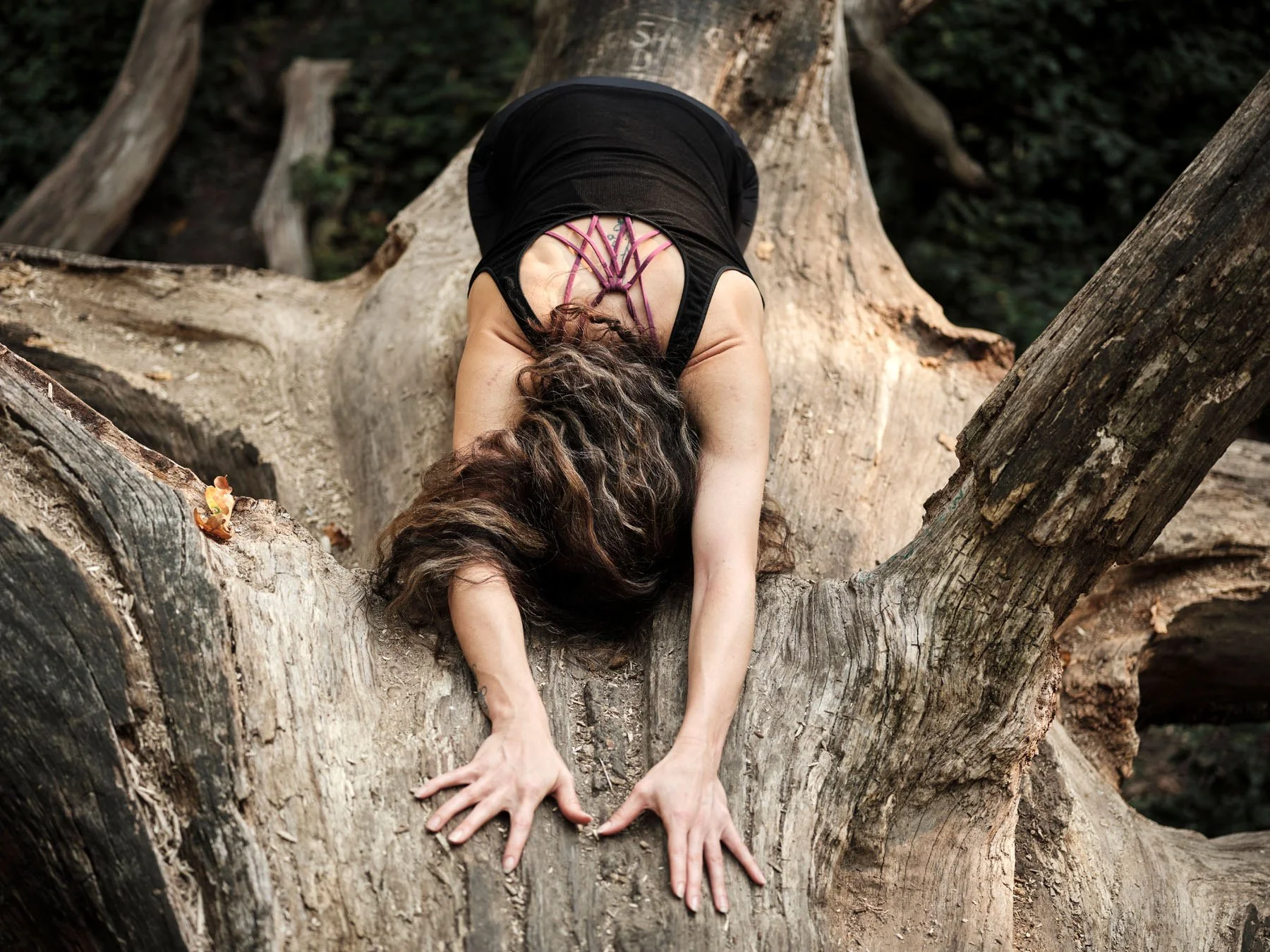
If you are interested in finding out more, or would like to discuss tailoring a further option for working together that is not described here, please fill in the form below and I will be in touch with you to arrange a call.

